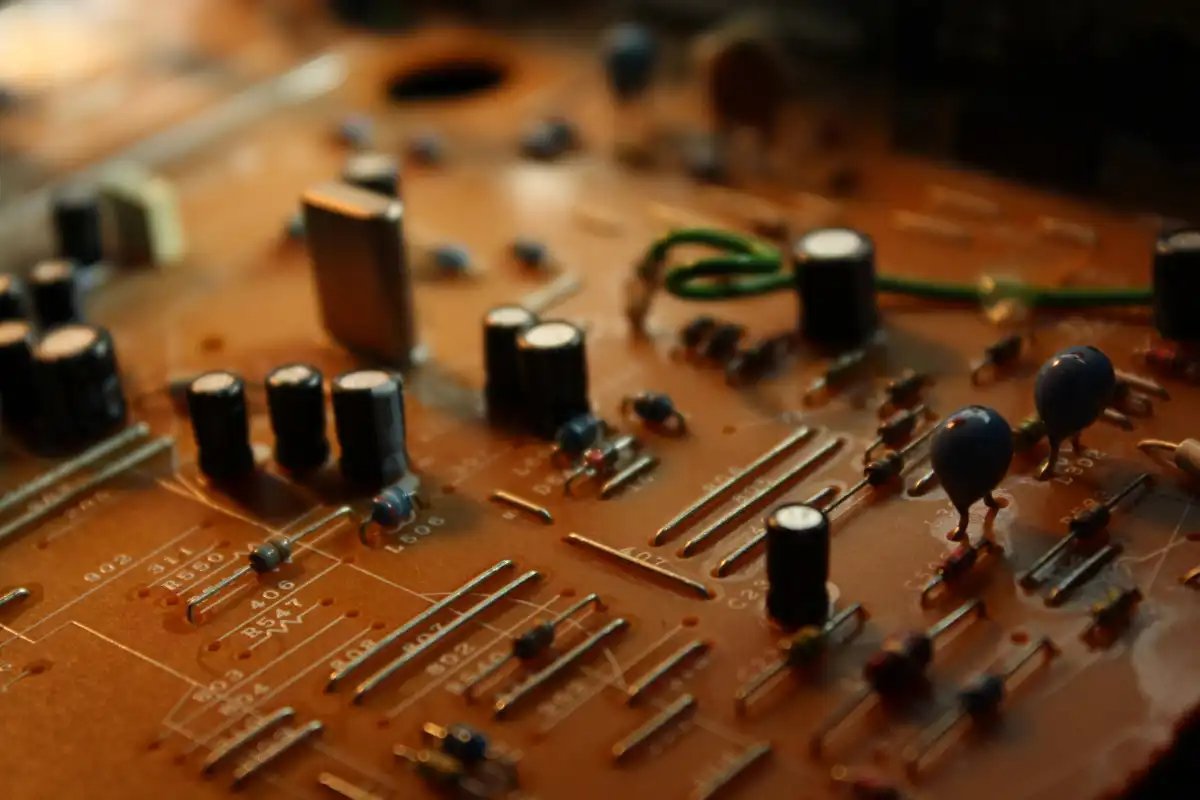Consumer devices are entering a new age of longevity. From smartphones to laptops, digital manufacturers are making a noticeable shift in their design philosophies. Instead of creating products that are almost impossible for the average user to repair, companies are increasingly designing more consumer-friendly devices that can be fixed at home.
Over time, digital device manufacturers have realized that consumers prefer devices that are not only high-performing but also long-lasting. Hence, they have started to prioritize repairability in their designs. This step not only benefits consumers but also contributes to better environmental sustainability practices on a broader scale.
Apple, a tech giant known for its closed design approach, recently reversed its stance. Announced in November 2023, the company decided to provide consumers with more repair options for their devices. This marked a significant change for consumer electronics, signaling a new respect for the right to repair in the tech industry.

Prior to this policy revision, Apple discouraged unauthorized repairs by not providing parts, documentation, or tools to independent technicians or consumers. However, the company's new Self Service Repair program challenges this trend, allowing customers direct access to Apple's proprietary parts and tools for common repairs.
Apple's sudden course correction indicates a paradigm shift in the tech industry's overall attitudes towards device repair. Despite years of resistance, tech companies now seem more open to empowering consumers to fix their own devices. This trend is fueled not only by consumer demand but also by regulatory changes and environmental considerations.
Indeed, the right to repair movement has gained significant momentum in recent years. Advocacy groups have pushed for legislation that can prevent corporations from monopolizing repair services. These laws would ensure that consumers and independent technicians can access the necessary parts, tools, and information to fix a wide range of devices.
Simultaneously, environmental concerns are driving change. Manufacturing new devices involves intensive resource use and, often, harmful emissions. As such, promoting device longevity can significantly reduce the technology sector's carbon footprint.
As a result of these societal pressures, device repairability is emerging as a core principle in the technology industry. Major players like Microsoft and Google have also been exploring designs that facilitate device repair. While these companies have a long way to go before reaching Apple's level, they are making significant strides in a new direction.
However, this industry-wide shift towards supporting the right to repair is relatively recent. It is mostly a consumer- and government-led initiative — appeals from consumers and potential legal requirements have compelled companies to re-evaluate their design strategies.
Even they acknowledge that a repairable design does not mean an easy repair. Many devices are inherently complex, and some repairs should only be performed by professionals. Despite allowing consumers the right to repair, many tech companies still suggest seeking out official repair services for more complicated tasks.
Yet, even a moderate increase in repairability would result in significant consumer benefits. By simply facilitating battery or screen replacements, tech companies could dramatically extend their devices' lifespans.
The repairability trend also presents a certain risk for tech companies. In particular, there is a concern that devices made more repairable could compromise the longevity of their sales cycles. But as more companies lean into this trend, they appear to be banking on the goodwill and loyalty gained from implementing a consumer-friendly repair policy.
Furthermore, advanced repairability doesn't necessarily mean more device malfunctions. Tech experts speculate that greater repairability might encourage manufacturers to build more robust and quality devices that require fewer repairs.
While there are still potential risks and challenges involved in making devices more repairable, most industry stakeholders believe the benefits greatly outweigh the drawbacks. They acknowledge that while this transformation will not occur overnight, a collective industry effort can make it a reality in the near future.
The shift towards repairable design suggests we are on the brink of a new era. While digital giants have traditionally held all the power, consumers are slowly but surely gaining ground.
The transformation towards improved device repairability promises to be one of the most significant consumer-friendly shifts in the tech industry in decades. As consumers continue to demand longer-lasting devices and governments continue to push for sustainability in manufacturing practices, it's likely we will continue to see devices moving in this direction for the foreseeable future.
Ultimately, the journey towards a more consumer-centered tech landscape is just beginning, and there is much to be hopeful about. The path forward may be complex, but the trend towards repairable devices indicates a brighter future for both consumers and the planet.
As repairability becomes a new standard, consumers can look forward to devices built for longevity. Similarly, tech giants may be able to enjoy enhanced brand loyalty and improved sustainability practices.
In conclusion, the shift towards better device repairability is a promising development for the tech industry. It's a strong signal of a growing desire for more sustainable, consumer-friendly practices and a step towards a more equitable tech landscape.